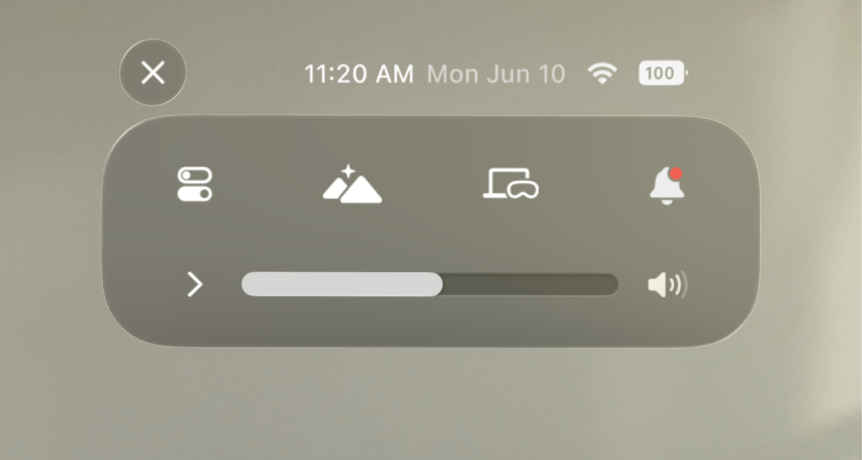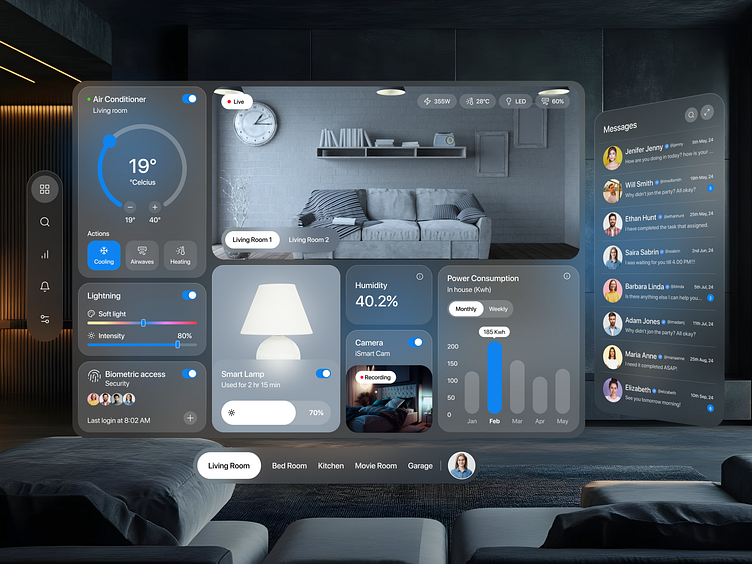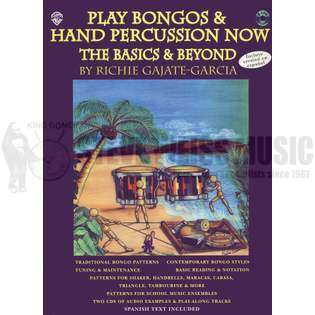The Future of Spatial Input: Is a Vision Pro Wand on the Horizon?
Apple’s launch of the Vision Pro marked a paradigm shift in personal computing, largely driven by its revolutionary input method: a combination of precise eye tracking and intuitive hand gestures. This controller-free approach aims to create the most natural and seamless spatial computing experience possible, echoing the same design philosophy that made the iPhone and iPad so accessible. The latest Apple Vision Pro news has centered on the power of this direct manipulation. However, as the platform matures and developers explore more complex applications, a critical question emerges within the community: Is hand tracking enough? This has sparked a wave of speculation and discussion, effectively creating a new topic of interest: Vision Pro wand news. The idea of a physical, wand-like controller for the Vision Pro isn’t just a fantasy; it represents a potential evolution to address the current limitations of a purely gestural interface, particularly for high-precision tasks, immersive gaming, and professional workflows.
This article delves deep into the burgeoning conversation around a potential Vision Pro wand. We will analyze Apple’s current input philosophy, explore the compelling arguments for introducing a physical controller, and speculate on its potential design, features, and integration within the broader Apple ecosystem news. By examining real-world scenarios, best practices for developers, and the potential pitfalls, we can paint a comprehensive picture of what a future with a Vision Pro wand might look like and why it’s a topic worth watching.
Apple’s Vision: A World Without Controllers
To understand the debate around a wand, we must first appreciate the brilliance and intention behind Apple’s current strategy. The decision to forgo physical controllers at launch was a deliberate and bold move, designed to lower the barrier to entry for spatial computing and make it feel less like a niche gadget and more like a natural extension of our digital lives.
The Magic of Direct Manipulation
The core of the visionOS experience is “direct manipulation.” You look at an element, and you pinch your fingers to select it. This simple, powerful interaction model is an evolution of the touch interface that revolutionized mobile computing with the first iPhone. Much like the early iPhone news focused on the magic of multi-touch, the current narrative is about the intuitiveness of eye and hand tracking. There are no buttons to learn, no controllers to charge or potentially lose, and no physical objects mediating your interaction with the digital world. This seamlessness is perfect for many of the device’s primary use cases, such as browsing the web, managing photos, and enjoying immersive media, much like navigating the interface on an Apple TV. This philosophy aligns with the simplicity seen across Apple’s product line, from the one-tap pairing of AirPods to the effortless setup of a HomePod mini.
Where Hand Tracking Excels and Its Inherent Limitations
For a wide range of activities, hand tracking is not just sufficient; it’s superior. Navigating menus, arranging windows in your spatial environment, and performing simple drag-and-drop operations feel futuristic and intuitive. It’s an ideal system for productivity apps, media consumption, and casual experiences. However, the technology is not without its limitations. The most significant is the lack of haptic and tactile feedback. You can’t “feel” a virtual button press or the resistance of a virtual object. For tasks requiring sustained precision, such as 3D modeling or digital sculpting, the absence of a physical anchor can lead to fatigue and slight inaccuracies. Furthermore, in fast-paced gaming, the latency and precision of hand tracking can’t yet match the instantaneous, reliable input of a physical controller with buttons and joysticks. These limitations are the primary drivers behind the growing demand for Vision Pro accessories news that includes more traditional input methods.

The Argument for a Physical Controller: Why a ‘Wand’ Makes Sense
While Apple’s controller-free approach is elegant, a dedicated physical controller—a “wand”—could unlock the Vision Pro’s full potential for a new class of applications and users. This wouldn’t be a step backward but rather a strategic expansion, offering an optional, pro-level tool for those who need it, much like the Apple Pencil for the iPad.
Precision, Haptics, and Tactile Feedback
The most compelling reason for a Vision Pro wand is the introduction of tangible feedback. A physical device provides a stable anchor point in 3D space, allowing for far greater precision than floating hands can achieve. Imagine a designer using a wand to sculpt a 3D model with the same fidelity they would with a physical tool. The latest Apple Pencil news often highlights its sub-pixel precision for artists; a similar narrative could form around Apple Pencil Vision Pro news, where a wand becomes the ultimate tool for spatial creativity. Furthermore, a sophisticated haptic engine, perhaps borrowing from the Taptic Engine technology detailed in Apple Watch news, could simulate textures, impacts, and resistance. Pulling a virtual bowstring could generate tension, and a sword fight in a game could provide a satisfying “clink” upon impact, dramatically increasing immersion.
Unlocking New Applications: Gaming and Professional Use
The gaming landscape on Vision Pro would be completely transformed by a wand. While spatial games are currently innovative, they lack the high-intensity, action-oriented gameplay that defines much of the VR market. With a wand, developers could create first-person shooters, sword-fighting epics, and complex puzzle games that require buttons, triggers, and joysticks. This would make the Vision Pro a more direct competitor to established VR gaming platforms. In the professional realm, the applications are equally profound. Surgeons could use wands to perform simulated operations with realistic feedback. Architects could manipulate complex building models with millimeter accuracy. This aligns perfectly with the direction of Apple AR news, which increasingly points toward powerful enterprise solutions.
Accessibility and User Preference
A physical controller also serves an important accessibility function. Some users may have physical conditions that make precise, sustained hand gestures difficult. A wand offers a more traditional and potentially more comfortable alternative. Moreover, for millions of users already accustomed to console and VR gaming, a controller is a familiar and preferred input method. Offering a wand would cater to this large demographic, making the transition to Apple’s spatial platform smoother and more appealing.
Imagining the Apple Wand: Design, Tech, and Ecosystem Synergy
If Apple were to release a wand, it would undoubtedly be a masterclass in industrial design and technological integration. The speculative Vision Pro wand news is filled with ideas, but we can make some educated guesses based on Apple’s history with accessories like the AirPods and Apple Pencil.

Potential Design and Specifications
An Apple wand would likely be sleek, minimalist, and ergonomic, crafted from premium materials. It would feature a range of sensors, including accelerometers and gyroscopes, for precise 6-degree-of-freedom (6DoF) tracking. We could expect a sophisticated haptic engine, a few intelligently placed, multi-function buttons, and perhaps a small, touch-sensitive surface for scrolling or gestures, reminiscent of the beloved click wheel from the iPod Classic news era. Charging would likely be via USB-C or a magnetic MagSafe-style connector. It could even incorporate a U1 chip for precise location tracking, leveraging the technology from AirTags to ensure it’s never lost in the living room, a common topic in AirTag news.
Integration with the Apple Ecosystem
The true power of an Apple-designed wand would be its deep integration with the ecosystem. The pairing process would be as magical and seamless as connecting a pair of AirPods Pro. Future iOS updates news could enable unique cross-device functionality. For instance, the wand could potentially be used as a presentation clicker for a Mac, a remote for Apple TV, or even a spatial pointer to interact with smart home devices controlled by a HomePod mini. Critically, Apple would extend its robust privacy and security standards to this new device. Any discussion around new hardware must include Apple privacy news, and we can be certain that all tracking and input data would be processed on-device, adhering to the strict principles seen in the latest iOS security news.
Best Practices and Common Pitfalls

For developers, the introduction of a wand would present both opportunities and challenges. The best practice would be to design applications with a “hands-first” mentality, ensuring the core experience is excellent without a controller. The wand should then serve as a progressive enhancement, unlocking advanced features or offering an alternative control scheme. A common pitfall to avoid would be fragmenting the user base by making a wand mandatory for most apps. This would go against Apple’s philosophy of an inclusive, accessible platform. The device would almost certainly be sold separately, and its adoption would depend on a compelling library of software that truly takes advantage of its capabilities.
Real-World Scenarios and the Future of Spatial Input
Let’s consider some concrete examples. A creative professional could use the Vision Pro to create an intricate iPad vision board in a spatial environment, then use a wand to precisely manipulate and resize each element with tactile feedback. A gamer could play a competitive archery title, feeling the tension of the bowstring through the wand’s haptics. An educator could lead a virtual classroom, using the wand as a pointer to highlight complex 3D models of human anatomy, tying into the themes of Apple health news and educational technology.
Looking further ahead, the wand may just be a stepping stone. Apple is undoubtedly researching next-generation input methods, including more advanced sensor fusion and potentially even brain-computer interfaces (BCIs). However, in the near to medium term, a physical controller represents the most logical and impactful evolution of the Vision Pro platform. It addresses the immediate needs of power users and gamers while complementing, not replacing, the revolutionary hand-and-eye tracking system.
Conclusion: A Hybrid Future for Spatial Interaction
The discussion surrounding Vision Pro wand news highlights a fascinating turning point for spatial computing. While Apple’s controller-free vision is elegant and powerful for a majority of use cases, the demand for a physical input device for specialized tasks is undeniable. A well-designed wand would not be a concession but an enhancement, a pro-level accessory that broadens the Vision Pro’s appeal and capability in gaming, creative arts, and professional industries. It would provide the tactile feedback, precision, and familiar controls that are currently missing, unlocking a new echelon of immersive experiences. The future of spatial interaction is likely not a binary choice between hands and controllers, but a hybrid model that offers users the best tool for the task at hand. Whether Apple will introduce such a device remains to be seen, but the conversation itself proves that the quest for the perfect human-computer interface is more exciting than ever.











